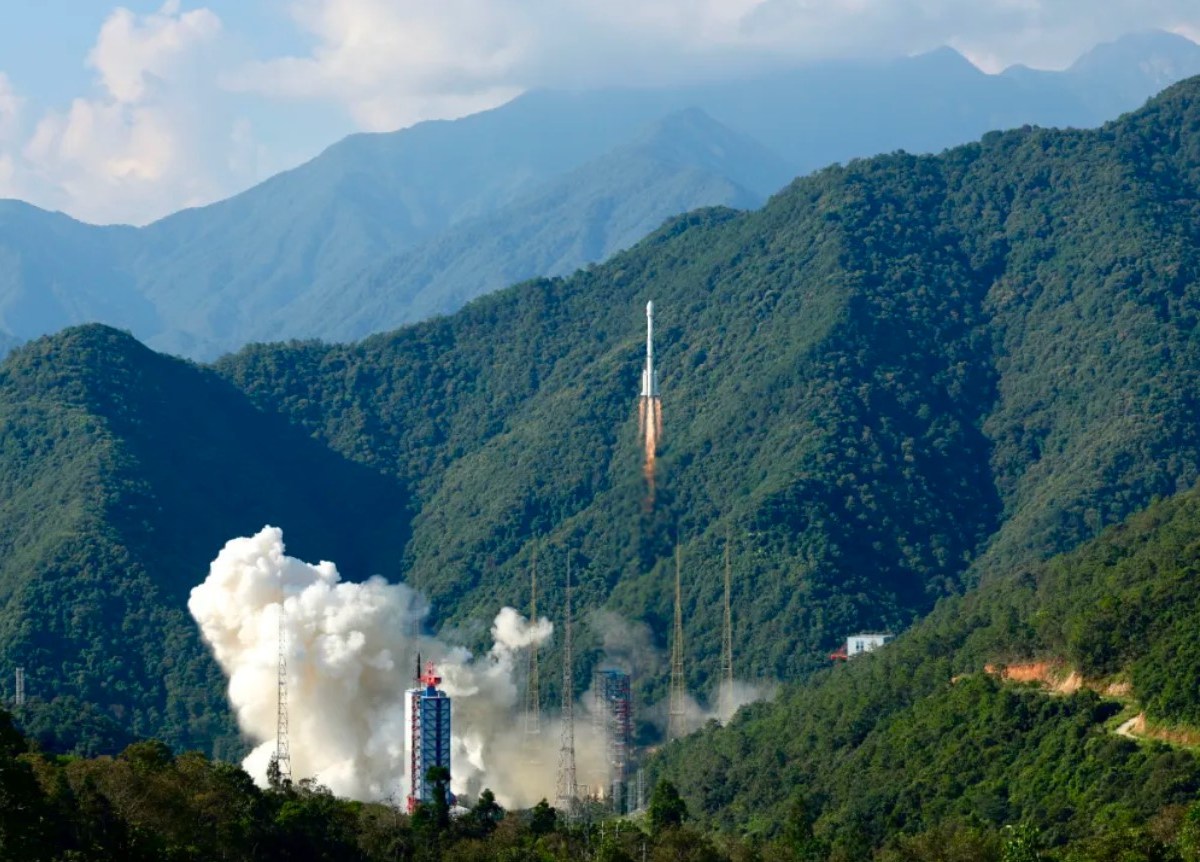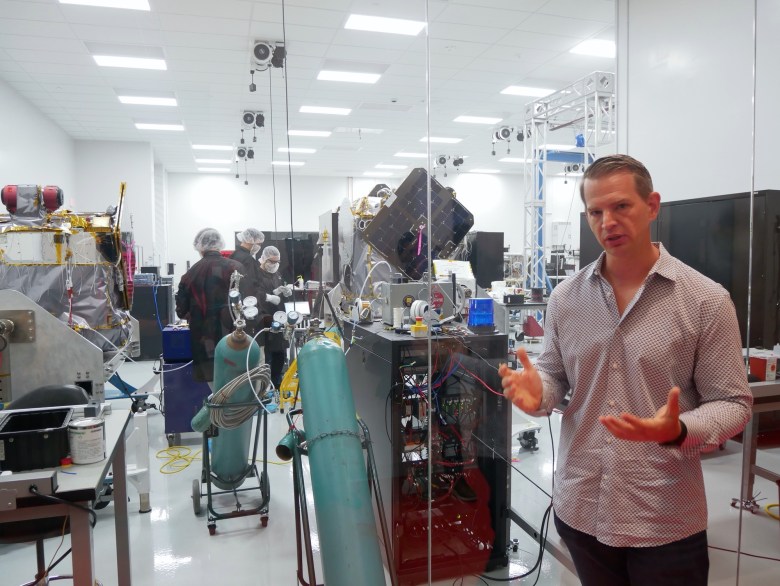MILAN — China’s inland Xichang launch center is set to build a commercial spaceport, aiming to enhance the country’s access to space.
Liangshan Prefecture, in which Xichang Satellite Launch Center is situated, and Sichuan Development (Holding) Co., Ltd. held a ceremony Oct. 9 for the signing of a strategic cooperation agreement and the unveiling of Sichuan Development International Commercial Spaceport Co., Ltd., according to a Liangshan Daily report.
Officials described the Xichang commercial spaceport as a key project under the provincial government’s aerospace initiatives. However, specific details regarding the number of launch pads or the types of rockets and propellants to be supported were not provided.
A Liangshan Prefecture official emphasized the strategic opportunity the spaceport presents, urging efforts to attract leading aerospace companies and develop an industrial cluster.
Chinese commercial space companies—such as Landspace, iSpace, Space Pioneer, Deep Blue Aerospace, Galactic Energy and more—are developing reusable, medium-lift launch vehicles, requiring access to pads for launch.
The new spaceport appears to align with central government policy to promote commercial space and provincial plans to deliver local high-quality growth. It may also potentially support national goals including increasing launch rate to allow the construction of low Earth orbit megaconstellations, namely Guowang and the Qianfan/Thousand Sails projects.
The commercial space industry was highlighted as a priority in a central government work report in March, alongside other strategic emerging industries. Municipal and provincial governments, including Beijing, Shanghai, Shandong, Hainan and Anhui have recently introduced policies to attract and foster commercial space companies. The sector is seen by cities and provinces as a way to attract innovative companies and drive growth.
Additionally, Guangdong province released an “Action Plan for Promoting the High-Quality Development of Commercial Space” Oct. 14. The plan notes goals including promoting the construction of low Earth orbit constellations and offshore launch pads, and strengthening research in key core technologies for satellites and rockets.
China has three inland spaceports at Jiuquan, Taiyuan and Xichang. Wenchang, on the coast of Hainan island, hosts launches of China’s new-generation Long March rockets, as well as two new commercial launch pads. The commercial facilities are also to be expanded. Additionally, the Eastern province of Shandong has also been hosting sea launches since 2019.
China’s launch rate has risen from a national record 22 in 2016, to 55 in 2022 and 67 in 2023. CASC, the country’s main space contractor, stated early this year that the country planned to launch around 100 times across 2024, including 30 missions from commercial launch service providers.
While this target does not appear within reach, with China having made a total of 47 orbital launch attempts in 2024 to date, the target indicates the planned growth in launch and need for greater access to launch facilities. The first launches from the new Wenchang commercial launch pads are expected this year, notably the debut of the Long March 12 and a Long March 8 rocket.



